Luokho Community is a close-knit group of 270 community members who share the same struggles and hopes for safe water. Among the many voices that tell the story of this community, young Delivin stands out. His daily experiences reflect both the hardship and determination that define life around the Agnes Muchika Spring.
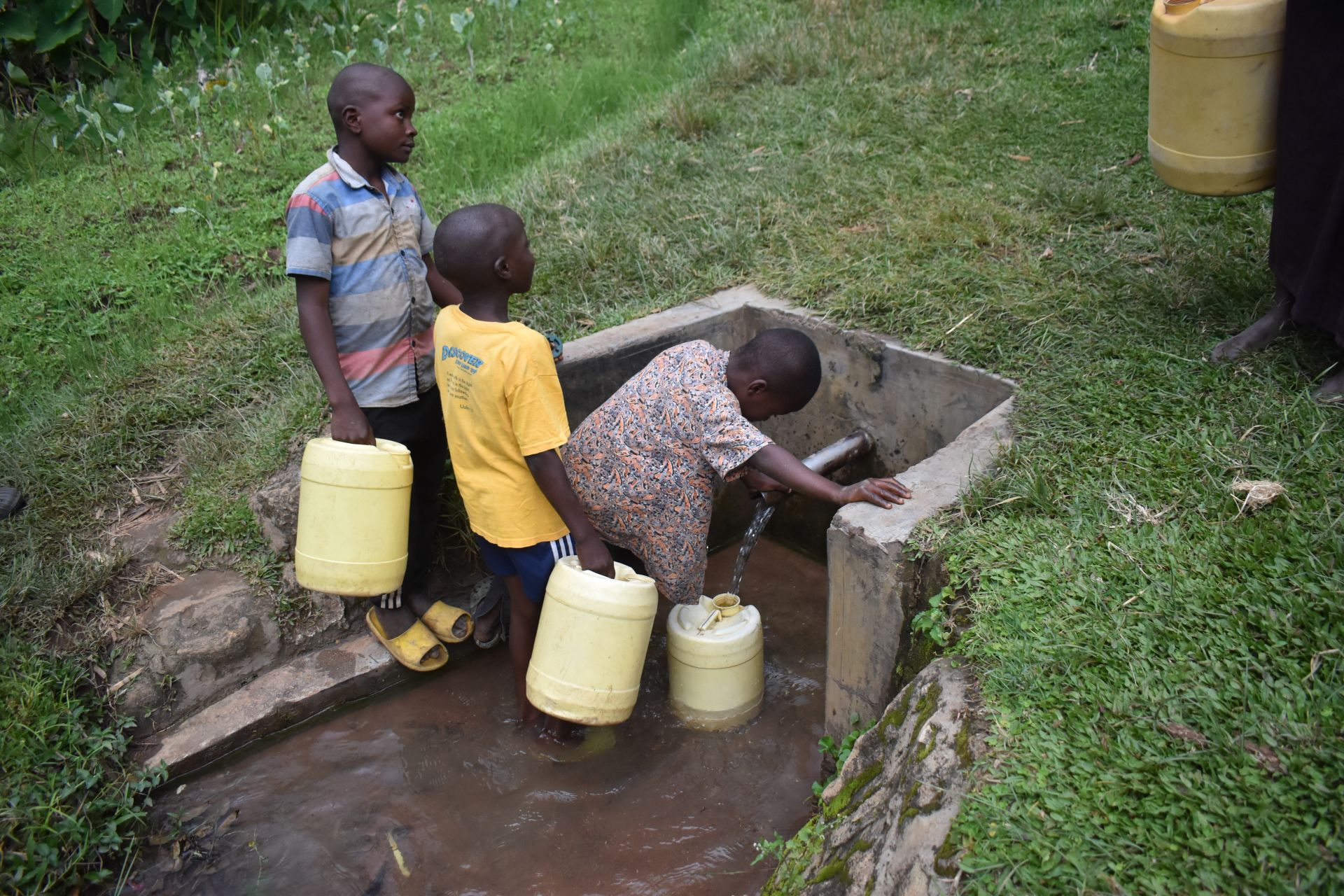
Delivin and other community children stand in stagnant water to fill their jerrycans.
Twelve-year-old Delivin, like many children in his village, fetches water as a significant part of his daily routine. Each day, he spends about two hours collecting water for his family.
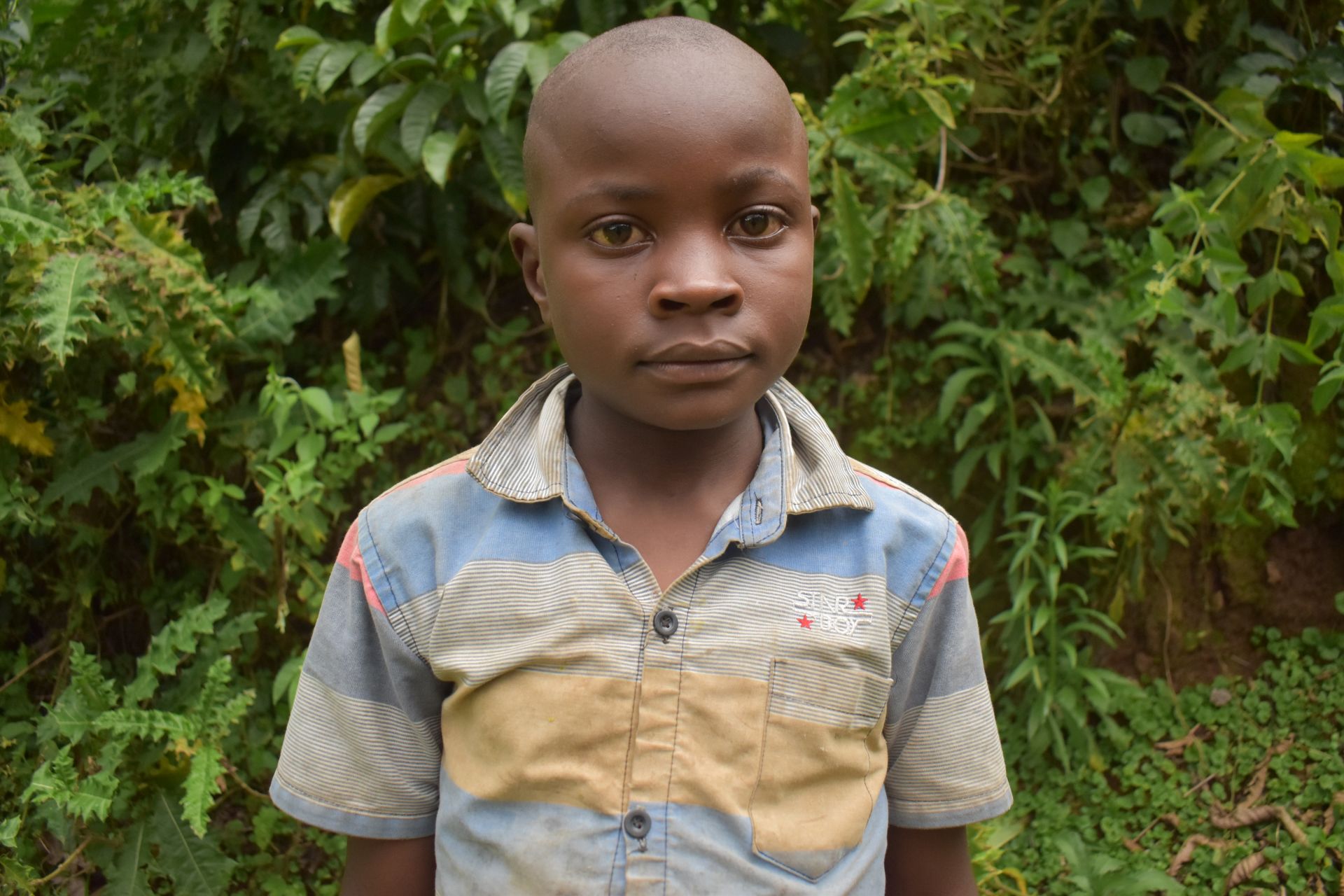
Delivin.
“When there is scrambling at the waterpoint and everyone wants to fetch water, it takes so long,” Delivin explains. The spring they depend on is often crowded and open to contamination, but it remains one of the few sources available to the community.
When the spring becomes too overcrowded, the community relies on a small stream that flows with contaminated water.
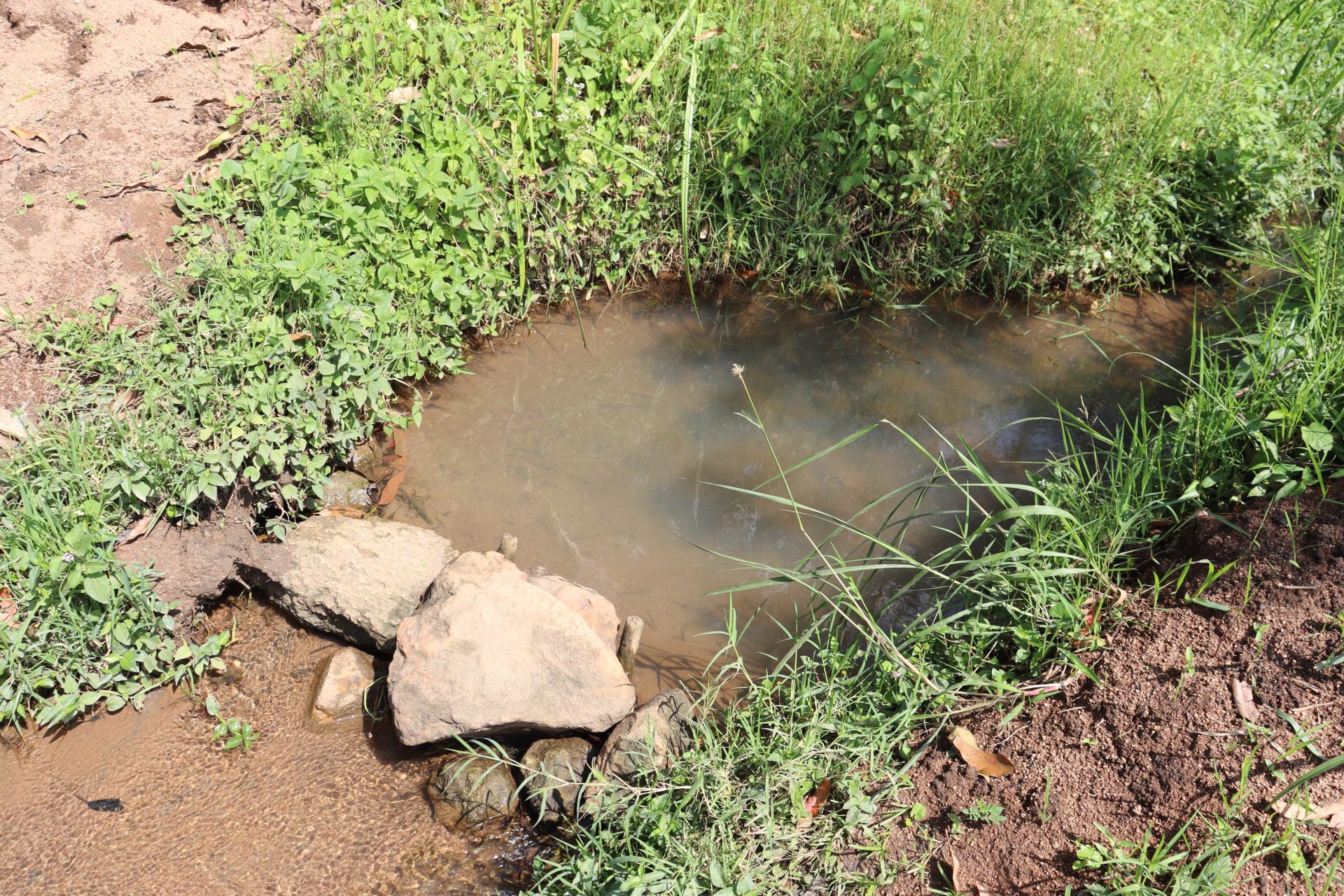
The consequences of using unsafe water are all too familiar to him. “Whenever I drink water prone to contaminants, I end up having stomach upset and diarrhea,” he says. “My body and stomach were aching, and therefore I could not manage to sleep well due to the intense pain all over my body.”
During those difficult times, his parents did their best to care for him, but despite their efforts, illness still meant missed school days for Delivin.
“They bought drugs for me with the little money they had; since then, I [have] been cautious on the water to drink. When I am unwell, my whole body becomes generally weak because of the effects of drugs, hence I cannot be able to go to school until I get well," Delivin said.
Even so, he remains determined. “I have to fetch water no matter what,” he says when asked if fetching water affects his schoolwork or exam scores. His sense of duty is clear—both to his family and his education.
Sometimes, the experience at the waterpoint can be challenging.
“Sometimes when I go before my seniors, I end up being pushed to the back of the queue,” he shares.
When asked how he feels about fetching water, Delivin’s pride shines through: “I feel proud because I like using water. For example, to wash my school uniforms and for brick making.”
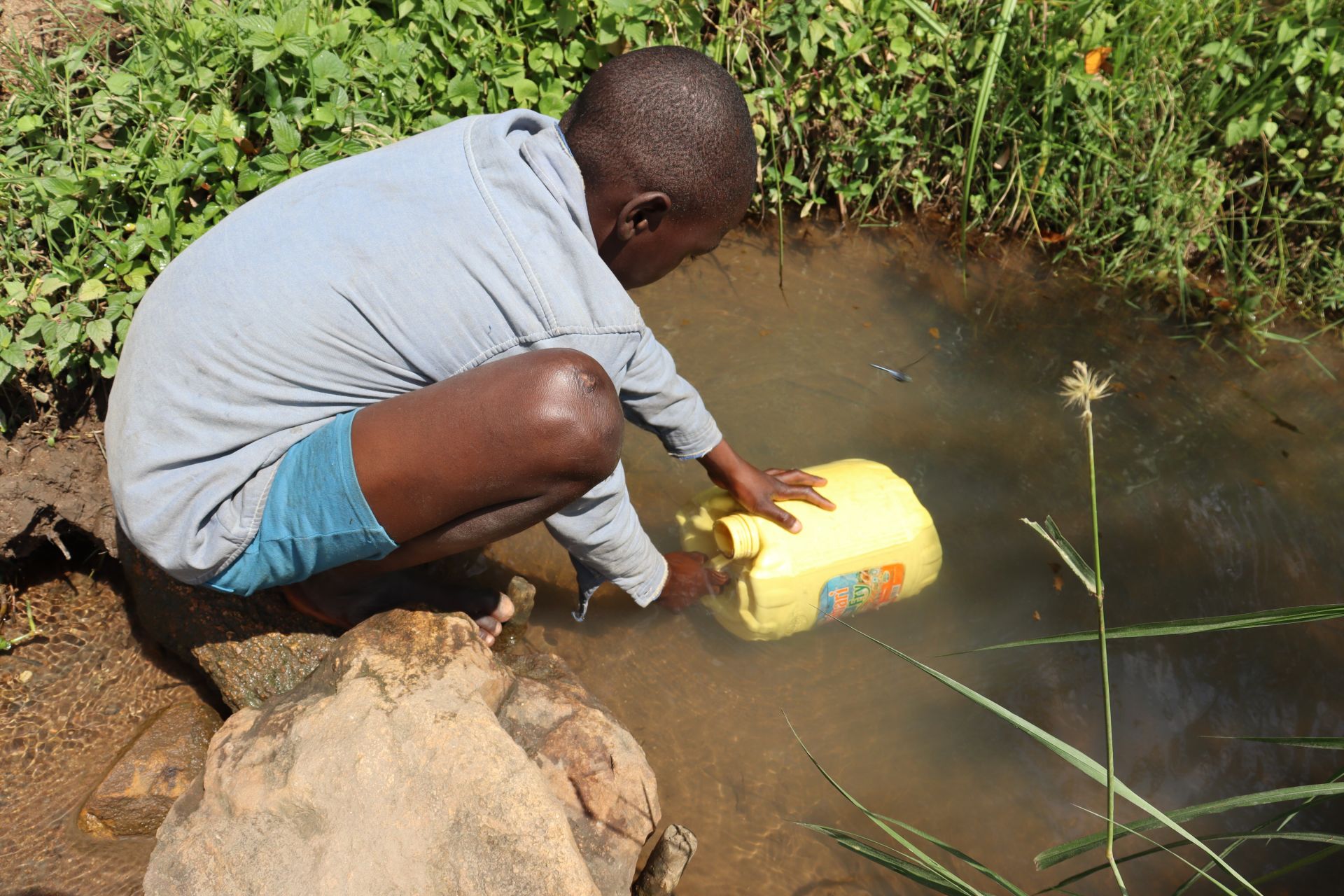
If he didn’t have to spend so much time fetching water, he knows exactly what he would do: “I [would] do my revisions, help my parents undertake farming activities, and participate in brick making," shared Delivin.
His dreams go beyond the daily struggle for clean water. “I want to ensure that I succeed in my studies and be a successful business person when I grow up,” he says confidently.
Delivin’s story reflects the resilience and hope of the Luokho community. Though the spring they rely on is unsafe and time-consuming to access, his optimism and determination stand firm.
With a protected spring, children like Delivin will be able to focus more on school, health, and their ambitions, transforming their time and energy from survival to success.
Steps Toward a Solution
Our technical experts worked with the local community to identify the most effective solution to their water crisis. They decided to safeguard the existing flowing spring.
Spring Protection
Springs are natural water sources that originate from deep underground. As water travels through various layers of the earth, it undergoes a natural filtration process, making it cleaner and safer to drink. To protect these spring sources from contamination, we construct a waterproof cement structure around layers of clay, stone, and soil. This design channels the spring water through a discharge pipe, facilitating easier, faster, and cleaner water collection.
Chlorine Dispenser
As an extra measure towards water quality safety, uniquely engineered chlorine dispensers are installed at all of our spring protection projects so community members can treat their water with pre-measured doses of chlorine. The chlorine treats any possible contamination and stays active for two to three days, ensuring water stays safe to use even when stored at home. Chlorine delivery and maintenance of the dispensers are part of our ongoing community support.
Community Education & Ownership
Hygiene and sanitation training are integral to our water projects. Training is tailored to each community's specific needs and includes key topics such as proper water handling, improved hygiene practices, disease transmission prevention, and care of the new water point. Safe water and improved hygiene habits foster a healthier future for everyone in the community. Encouraged and supported by the guidance of our team, a water user committee representative of the community's diverse members assumes responsibility for maintaining the water point, often gathering fees to ensure its upkeep.
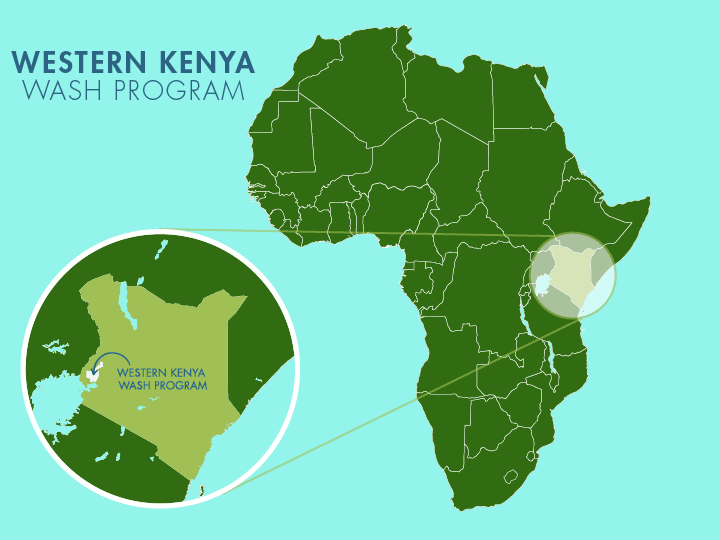
 Protected Spring
Protected Spring
 Rehabilitation Project
Rehabilitation Project
















